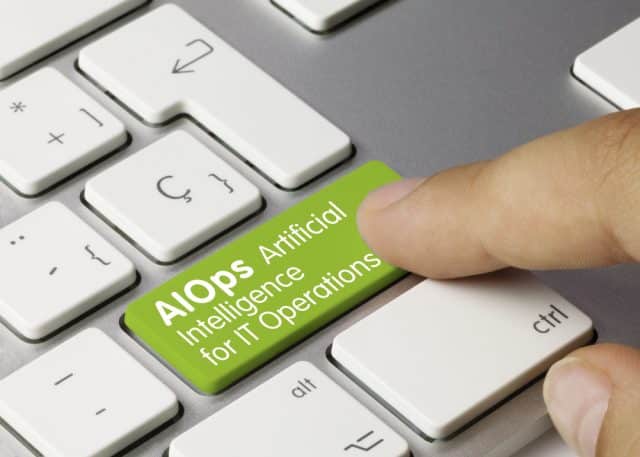AIOps models deliver limited value say tech leaders

A new study reveals that 97 percent of technology leaders find traditional AIOps models deliver limited value, leaving teams unable to tackle data overload.
The global survey of 1,300 CIOs and technology leaders in large organizations, carried out for Dynatrace, also finds that 88 percent of organizations say the complexity of their technology stack has increased in the past 12 months, and 51 percent say it will continue to increase.
In addition, 87 percent of technology leaders say multi-cloud complexity makes it more difficult to deliver outstanding customer experiences, and 84 percent say it makes applications more difficult to protect. 86 percent also say that cloud-native technology stacks produce an explosion of data that is beyond humans' ability to manage.
On average, organizations are using 10 different monitoring and observability tools to manage applications, infrastructure, and user experience. 85 percent say the number of tools, platforms, dashboards, and applications they rely on adds to the complexity of managing a multi-cloud environment.
"Cloud-native architectures have become mandatory for modern organizations, bringing the speed, scale, and agility they need to deliver innovation," says Bernd Greifeneder, CTO at Dynatrace. "These architectures reflect a growing array of cloud platforms and services to support even the simplest digital transaction. The huge amount of data they produce makes it increasingly difficult to monitor and secure applications. As a result, critical business outcomes like customer experience are suffering, and it is becoming more difficult to protect against advanced cyber threats."
Among other findings 81 percent say manual approaches to log management and analytics can't keep up with the rate of change in their technology stack and the volumes of data it produces. A further 81 percent say the time their teams spend maintaining monitoring tools and preparing data for analysis steals time from innovation.
"Without the ability to transform the high volumes of diverse data from cloud-native architectures into real-time, contextually relevant insights, IT, development, security, and business teams struggle to understand what is happening in their environment and lack the answers needed to solve issues quickly and decisively," adds Greifeneder. "While many organizations turn to AIOps, they often encounter limited value due to reliance on probabilistic methods, which can be imprecise and time-consuming to implement. To overcome the complexity of modern technology stacks, organizations require advanced AI, analytics, and automation capabilities. By unifying diverse data, retaining its context, and powering analytics and automation with a hypermodal AI that combines multiple techniques, including causal, predictive, and generative AI, teams can unlock a wealth of insights from their data to drive smarter decision-making, intelligent automation, and more efficient ways of working."
The full report is available from the Dynatrace site.
Image credit: Momius/depositphotos.com
